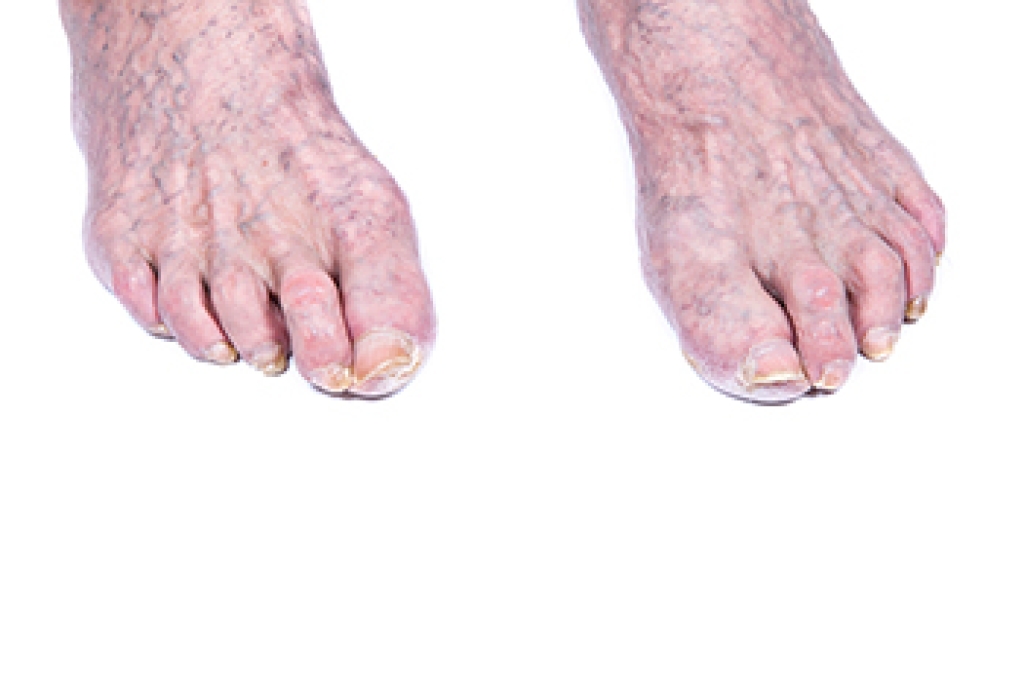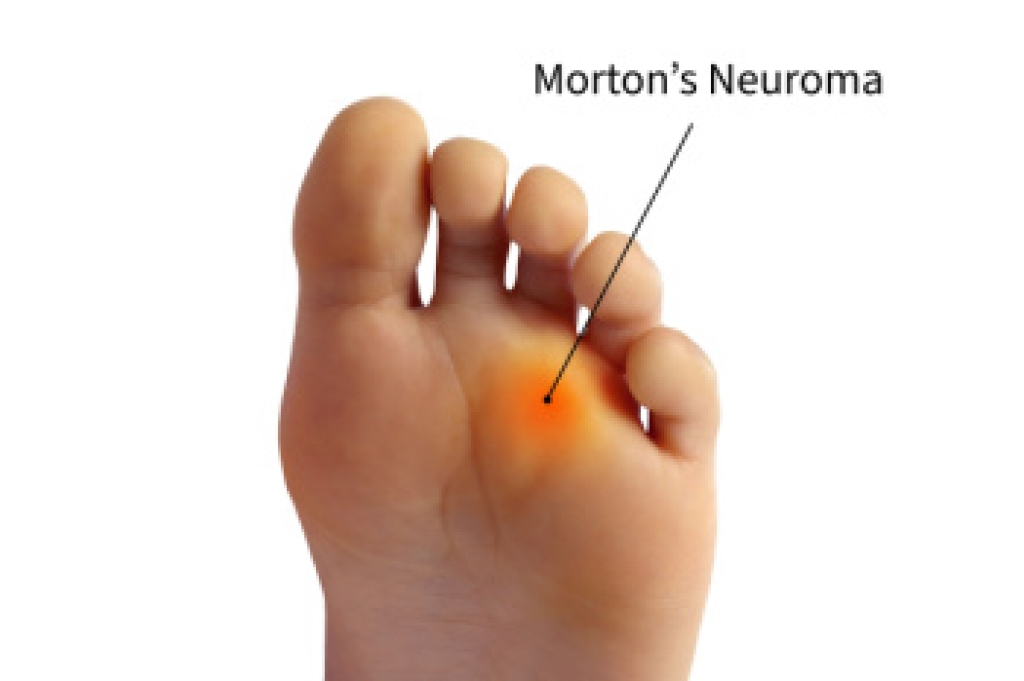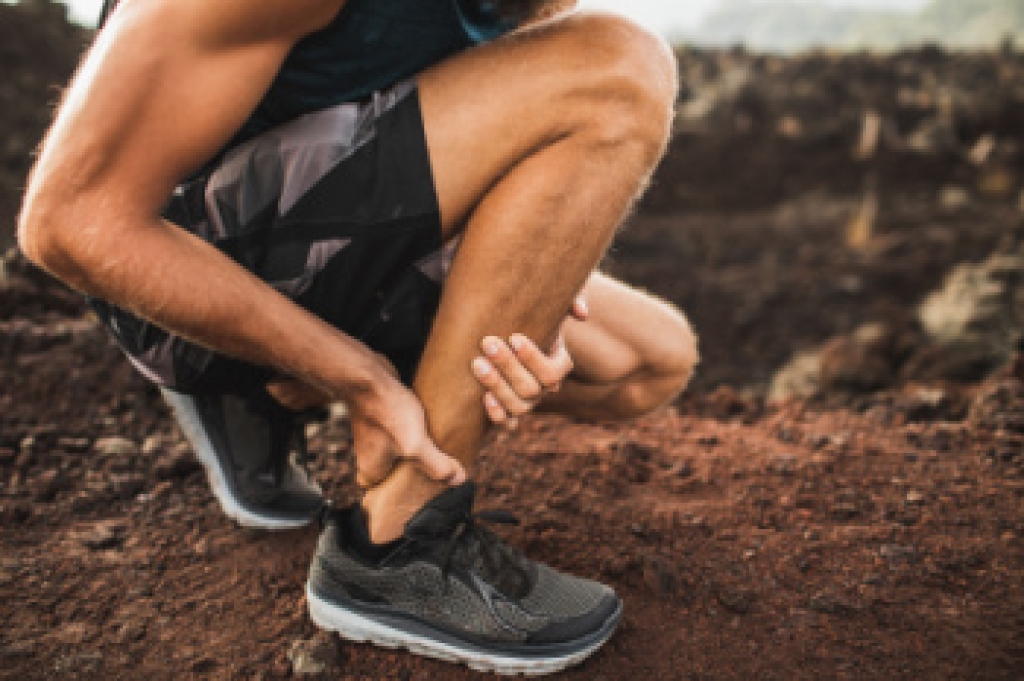
Senior foot care is an important part of staying active, balanced, and independent. A simple daily foot check helps identify changes, including redness, swelling, or sores, before they worsen. Washing and drying the feet thoroughly keeps the skin healthy, while applying moisturizer, but not between the toes, helps prevent cracking. Trimming toenails straight across reduces the risk of ingrown nails, and choosing shoes that fit well supports stability and protects delicate skin. A podiatrist can address foot pain, toenail problems, circulation concerns, and other changes related to aging. If you or an elderly loved one have developed foot pain, it is suggested that you consult a podiatrist who can treat various foot conditions, and guide you on additional foot care tips.
Proper foot care is something many older adults forget to consider. If you have any concerns about your feet and ankles, contact one of our podiatrists from New Jersey. our doctors can provide the care you need to keep you pain-free and on your feet.
The Elderly and Their Feet
As we age we start to notice many changes in our body, but the elder population may not notice them right away. Medical conditions may prevent the elderly to take notice of their foot health right away. Poor vision is a lead contributor to not taking action for the elderly.
Common Conditions
- Neuropathy – can reduce feeling in the feet and can hide many life-threatening medical conditions.
- Reduced flexibility – prevents the ability of proper toenail trimming, and foot cleaning. If left untreated, it may lead to further medical issues.
- Foot sores – amongst the older population can be serious before they are discovered. Some of the problematic conditions they may face are:
- Gouging toenails affecting nearby toe
- Shoes that don’t fit properly
- Pressure sores
- Loss of circulation in legs & feet
- Edema & swelling of feet and ankles
Susceptible Infections
Diabetes and poor circulation can cause general loss of sensitivity over the years, turning a simple cut into a serious issue.
If you have any questions, please feel free to contact our office located in Neptune City, NJ . We offer the newest diagnostic and treatment technologies for all your foot care needs.




